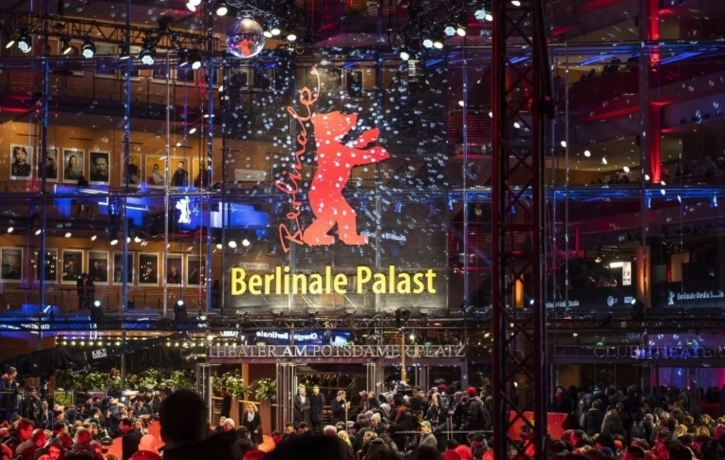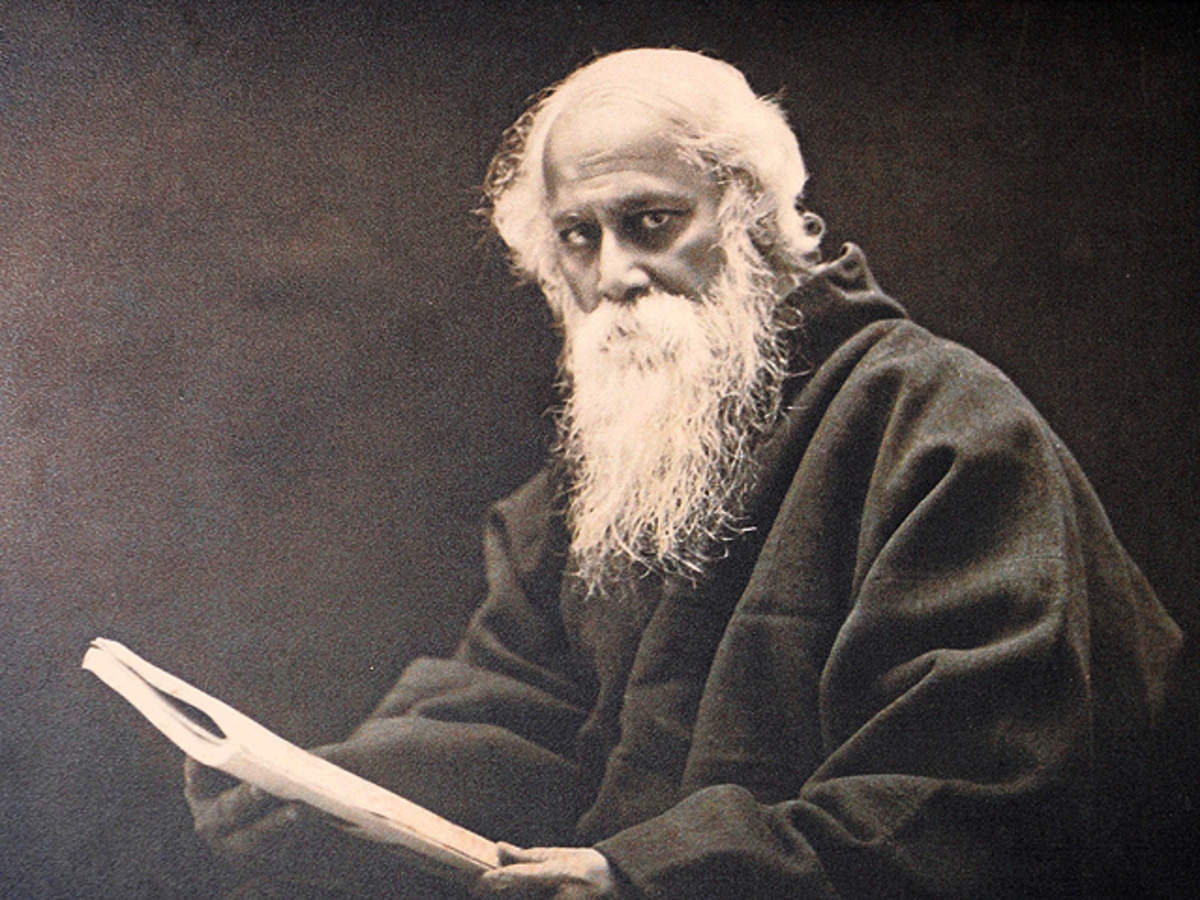Drone Dance ,Soaring black-and-white drone footage paints a stark landscape in Victor Kossakovsky’s “Architecton.” We witness the grandeur of ancient temples, the chilling emptiness of earthquake-ravaged cities. The intricate construction of a personal stone circle. This visual symphony, accompanied by Evgueni Galperine’s haunting brass score, invites a dance of beauty and brutality, forcing us to confront the contradictions inherent in our relationship with the built environment.
At the film’s core lies architect Michele De Lucchi, crafting a harmonious stone circle in his garden – a symbol of intentionality and connection with natural materials. Yet, this idyllic scene is juxtaposed with the devastating footage of Turkish housing collapsing like sandcastles under the earth’s fury. Here, the film lays bare the consequences of cheap construction and unsustainable practices, echoing Kossakovsky’s criticism of our reliance on “sugar” and “cement.” He sees this as a “catastrophe,” a stark reminder that our building choices have far-reaching consequences.
But Drone Dance “Architecton” doesn’t shy away from its own limitations. Kossakovsky, with his blue-and-yellow pin a silent cry for Ukraine, acknowledges the film’s inherent contradictions. While De Lucchi voices his disdain for concrete’s sterility, he must return to designing skyscrapers, highlighting the economic realities that often trump personal values. The film doesn’t dwell on the complex issue of homelessness, another facet of our problematic relationship with built spaces.
However, these imperfections become strengths. The film’s brevity forces viewers to grapple with unanswered questions, sparking crucial conversations. We’re left pondering: Are these contradictions inevitable? Can we reconcile beauty and sustainability in our urban landscapes?
By showcasing both the devastating consequences of careless construction and the potential for mindful creation, “Architecton” invites introspection. It compels us to question the materials we use, the structures we build, and the impact they have on our planet and each other. From De Lucchi’s stone circle, a symbol of permanence, to the ruins of Mariupol. A stark reminder of war’s devastation, the film forces us to confront the complexities of our built world. It is a call to be more mindful, to design not just for functionality but for responsibility. For a future where beauty and sustainability coexist, not as contradictions, but as complementary forces shaping a better world.








